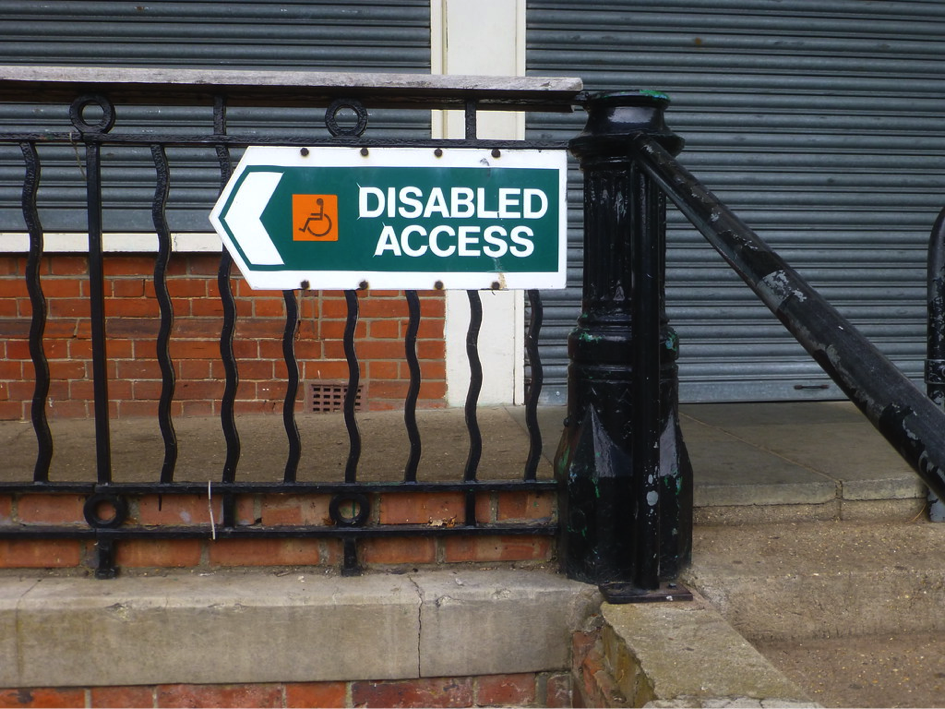
Scholars of work and labor do not often analyze labor coercion these days. It is considered a bit passé, and is simply taken as a given that economic coercion undergirds labor relations in capitalist economies. With this implicit foundation in place, the primary story of work and labor in contemporary scholarship is one of precarity: the instability, insecurity, and low wages of gig work, temp work, freelancing, day labor, adjunct work, just-in-time work, and more.
But precarity does not characterize the work lives of all workers, and economic coercion is not the only power dynamic that shapes labor relations. In my new book Coerced: Work Under Threat of Punishment, I identify a different form of labor coercion, one in which employers’ power does not stem from their control over workers’ wages (e.g., through their ability to hire, fire, promote, and demote workers). Rather, it stems from their control over workers’ “status” and all of the rights, privileges, and opportunities—economic and otherwise—that such status confers.
Continue Reading…


